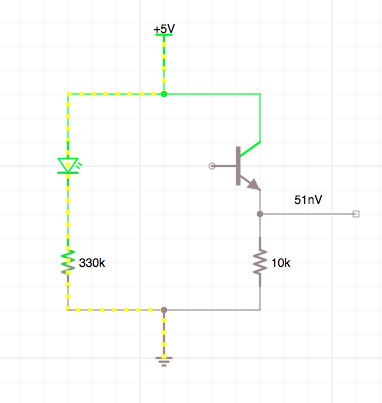var proximity = new five.IR.Proximity({
controller: controller,
pin: "A0"
});There is no controller specified :)
(edit: I missed the line at the top)
What model is your IR proximity sensor? For example, if it's GP2Y0A21YK, then you'll want to initialize it like this:
var proximity = new five.IR.Proximity({
controller: "GP2Y0A21YK",
pin: "A0"
});edit:
Is your sensor model GP2Y0A02YK0F? Or is it another?
 Here's the image :)
Here's the image :)




Hi,
I am using a proximity sensor and temperature sensor connected to a arduino uno. When only one is connected they work fine and even when both are connected and proximity sensor has nothing in between, the sensors work fine but the moment there is something between the proximity sensor, there are abrupt changes in the temperature sensor. below is my code ;